Chichen Itza Keeps its Secrets
![]()
Of all the cities of the Mayan world, Chichen Itza is the most recognized. Designated a UNESCO World Heritage Site in 1988 and, most recently, one of the new Seven Wonders of the World, this center of Mayan religious and political power draws visitors from all over the world.
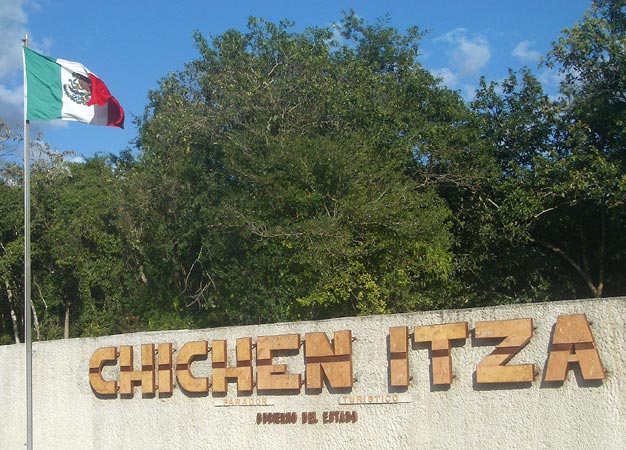
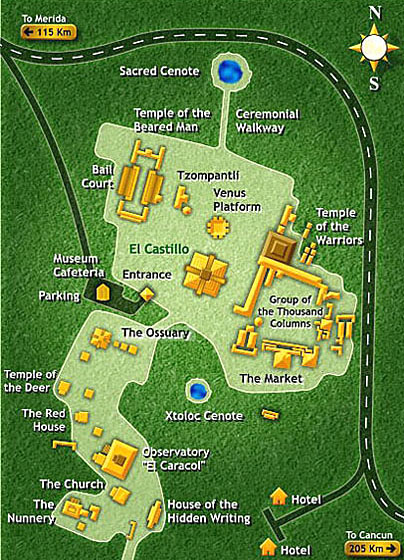
Early in the morning, we walked through the entrance and into the center of the Mayan religious and political world. The tour buses had not arrived yet so we had time to walk slowly around the great pyramid, named El Castillo by the Spanish and Temple of Kulkulcan by the Mayas. This most iconic structure towered nearly 30 meters (90+ feet) above us, its grand stairways guarded by Kulkulcan serpents rising to the temple at the top. The directional orientation of the building along with other features made it a center for astronomy, ceremony and pilgrimage, particularly on the vernal and autumnal equinoxes when shadows brought the serpents to life.
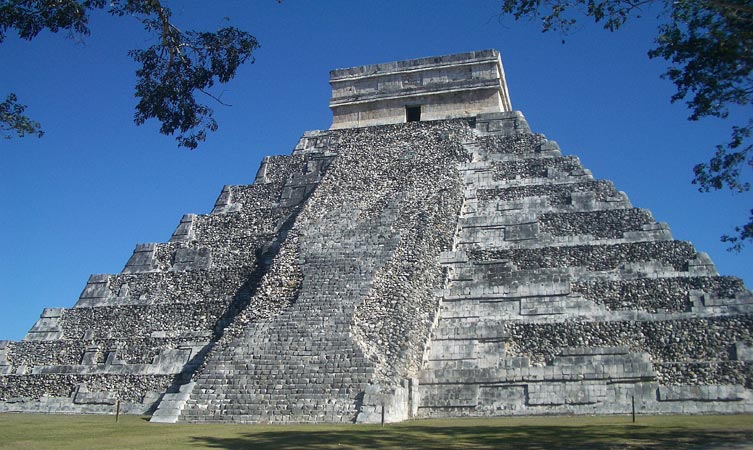
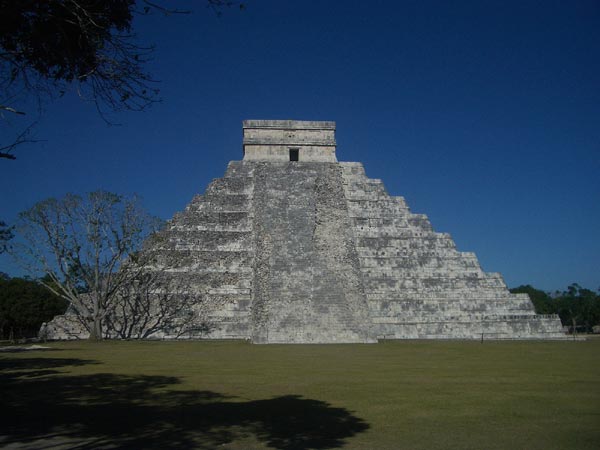
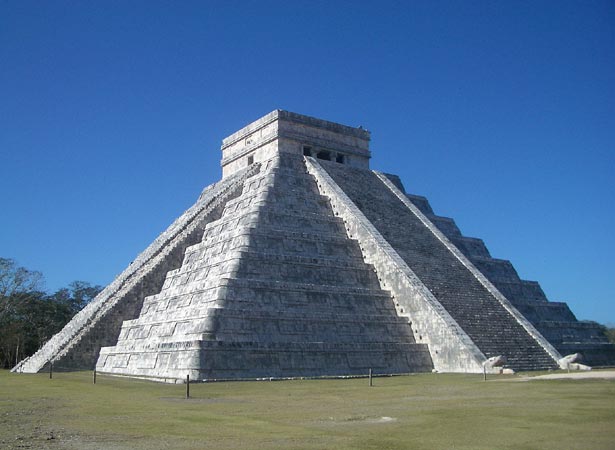
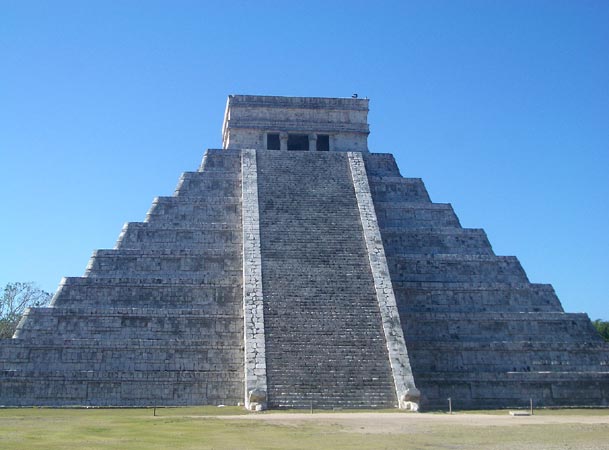
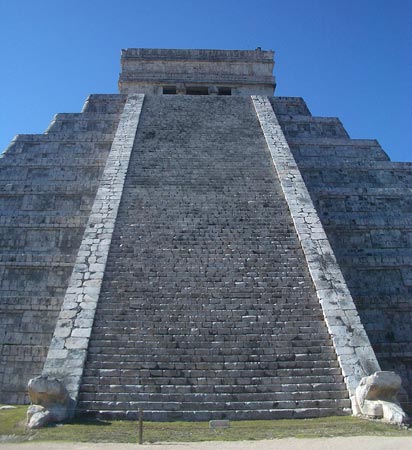
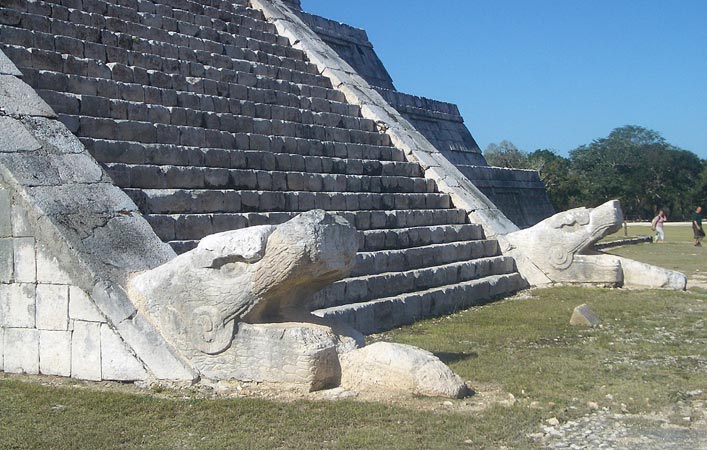
Enjoying the morning calm and coolness, we continued to walk around to the surrounding buildings: the temple of Eagles and Jaguars with friezes of these beasts gorging on human hearts, and the Tzompantil, a platform with hundreds of individual skull images adorning the walls,
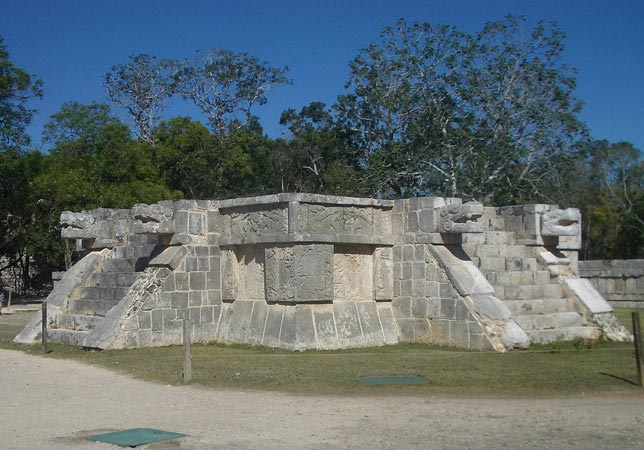
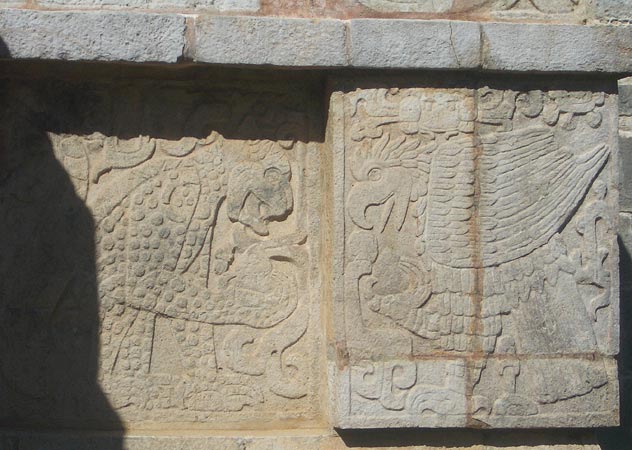
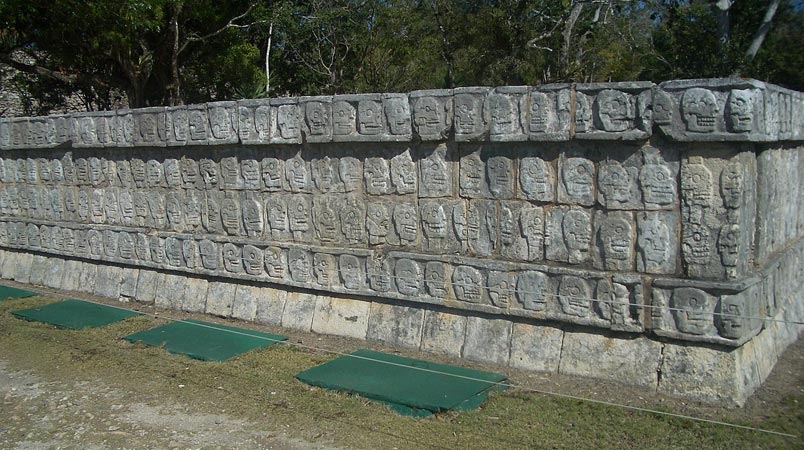
Ahead, the great Ball Court seemed to still echo with the ghosts of the players and the cheers of the watchers. There are so many myths and legends about the Mayan ball game and only those ghosts know the truth! Still, our imaginations were filled with visions of running players, soaring ball, and sacrifices following each game.
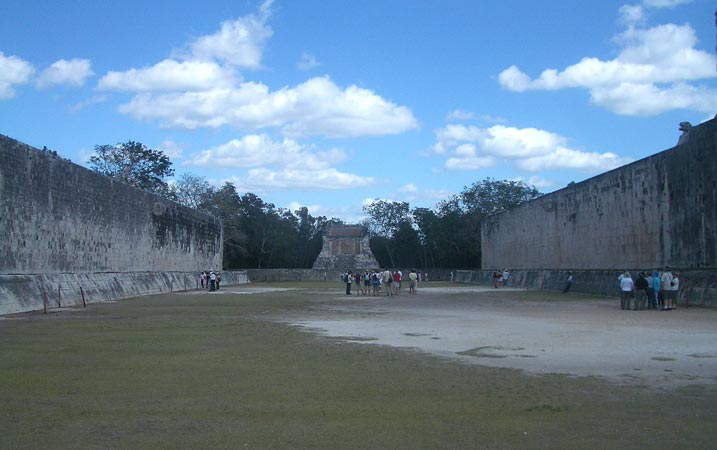
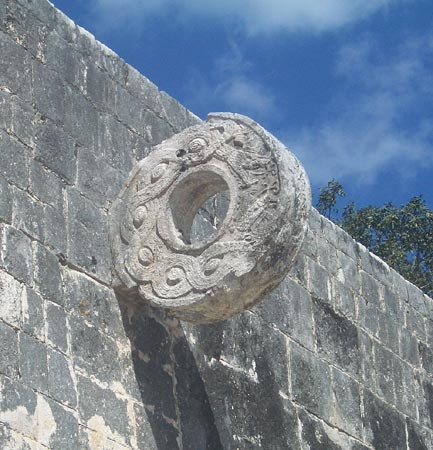
Retracing our steps, we admired the Temple of the Warriors, a stepped pyramid with ceremonial platform featuring Chac Mool, the familar reclining figure, on top.
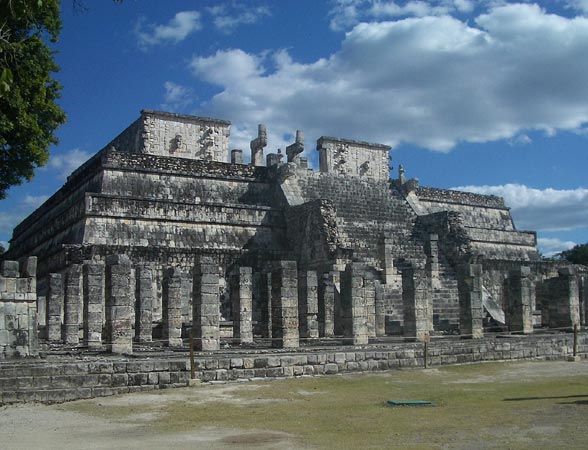
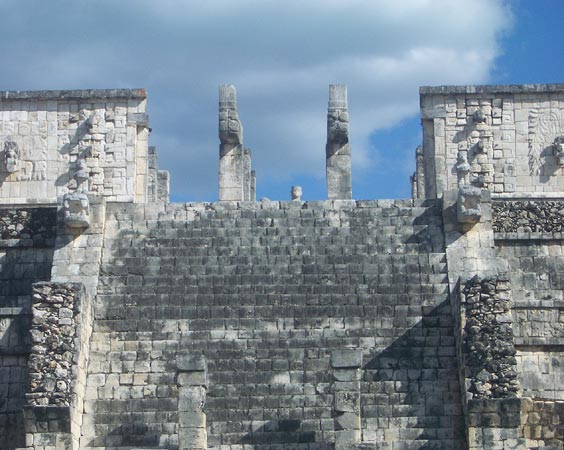
A short walk through the trees brought us to the edge of the Xtoloc Cenote, now overgrown with jungle. A young man approached us to offer images of the Mayan gods that he had made. We purchased Xtoloc.
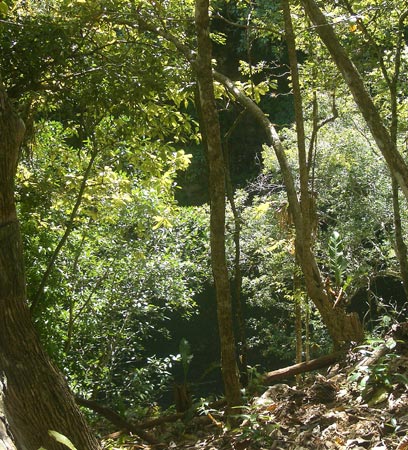
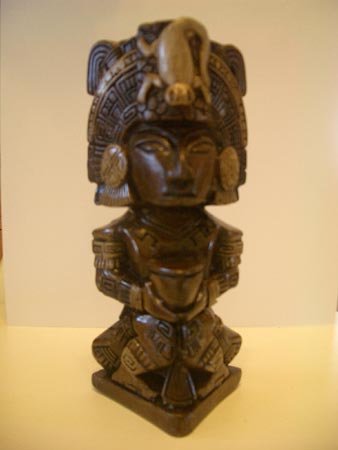
El Caracol (Observatory) especially piqued our curiosity with its partially ruined tower said to have a stairway inside.
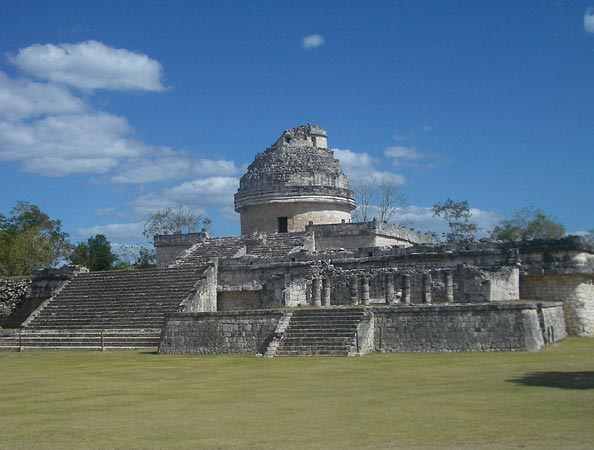
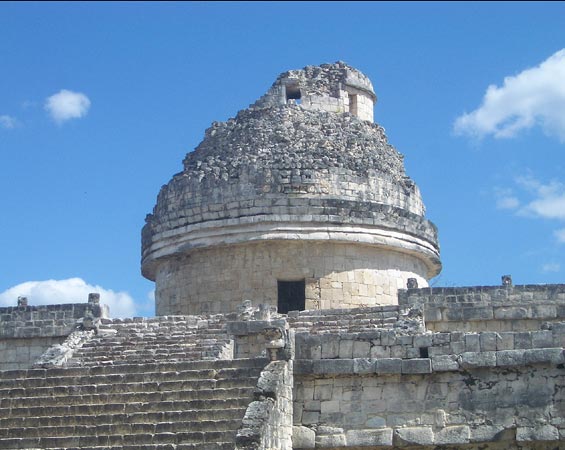
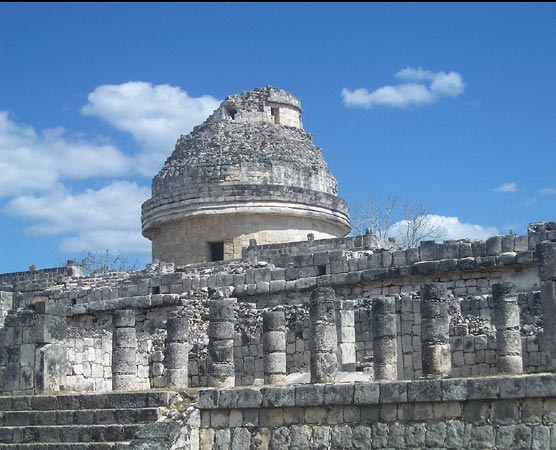
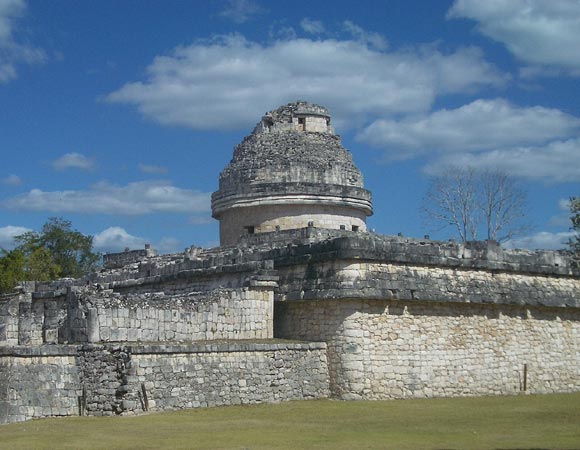
A complex of buildings, named Las Monjas (The Nunnery) and La Iglesia (The Church) by the Spanish, exhibited the Puuc architectural style similar to Uxmal were actually administrative government buildings. We admired the masks of the rain god, Chaac
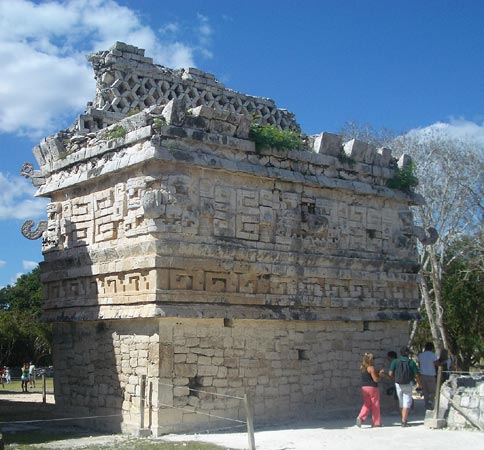
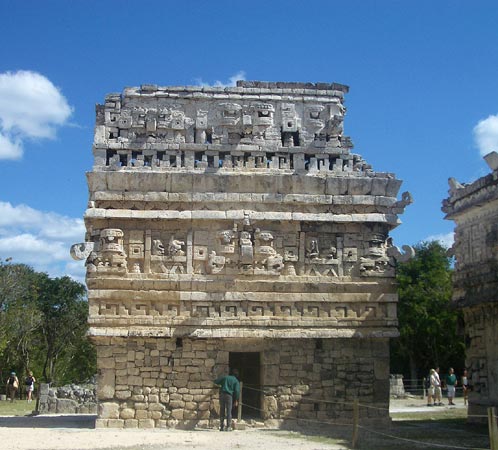
Late in the afternoon, most of the tour buses had left and relative peace had returned. We lingered a while to absorb the serenity, the ghosts and the aura of this very special city.
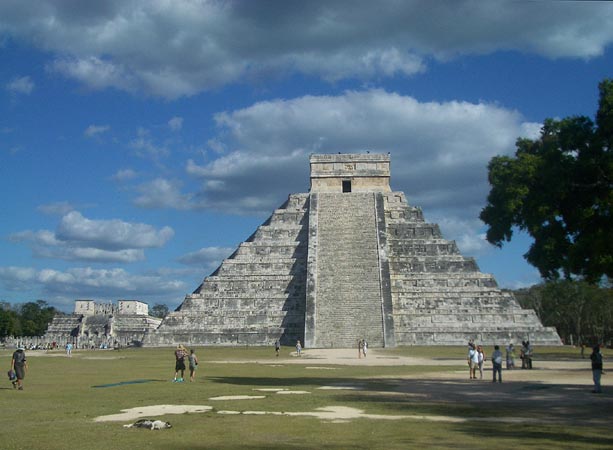
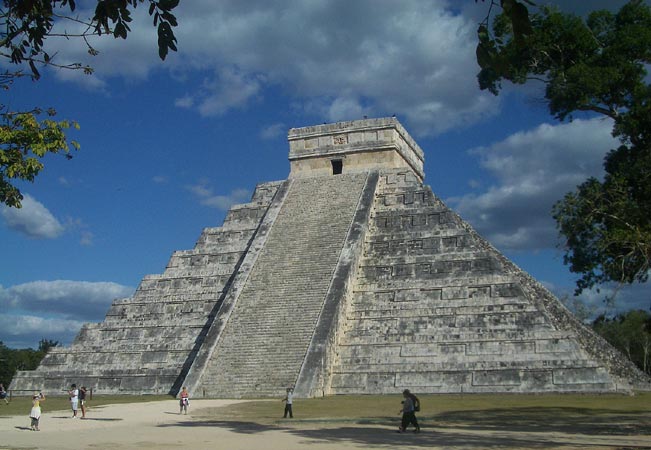
That night we returned to again view the wonderful buildings, again feeling that the ghosts were looking on.
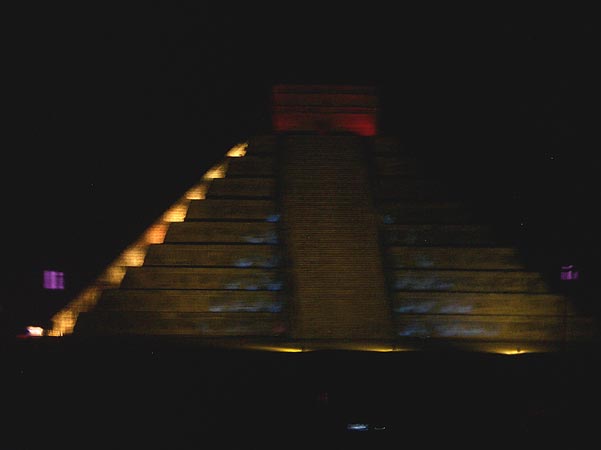
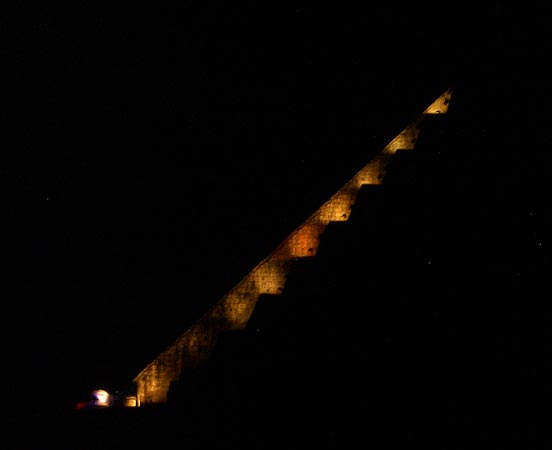
Click here to return to Our Moving on to Mexico - Winter 2008-2009 page
![]()